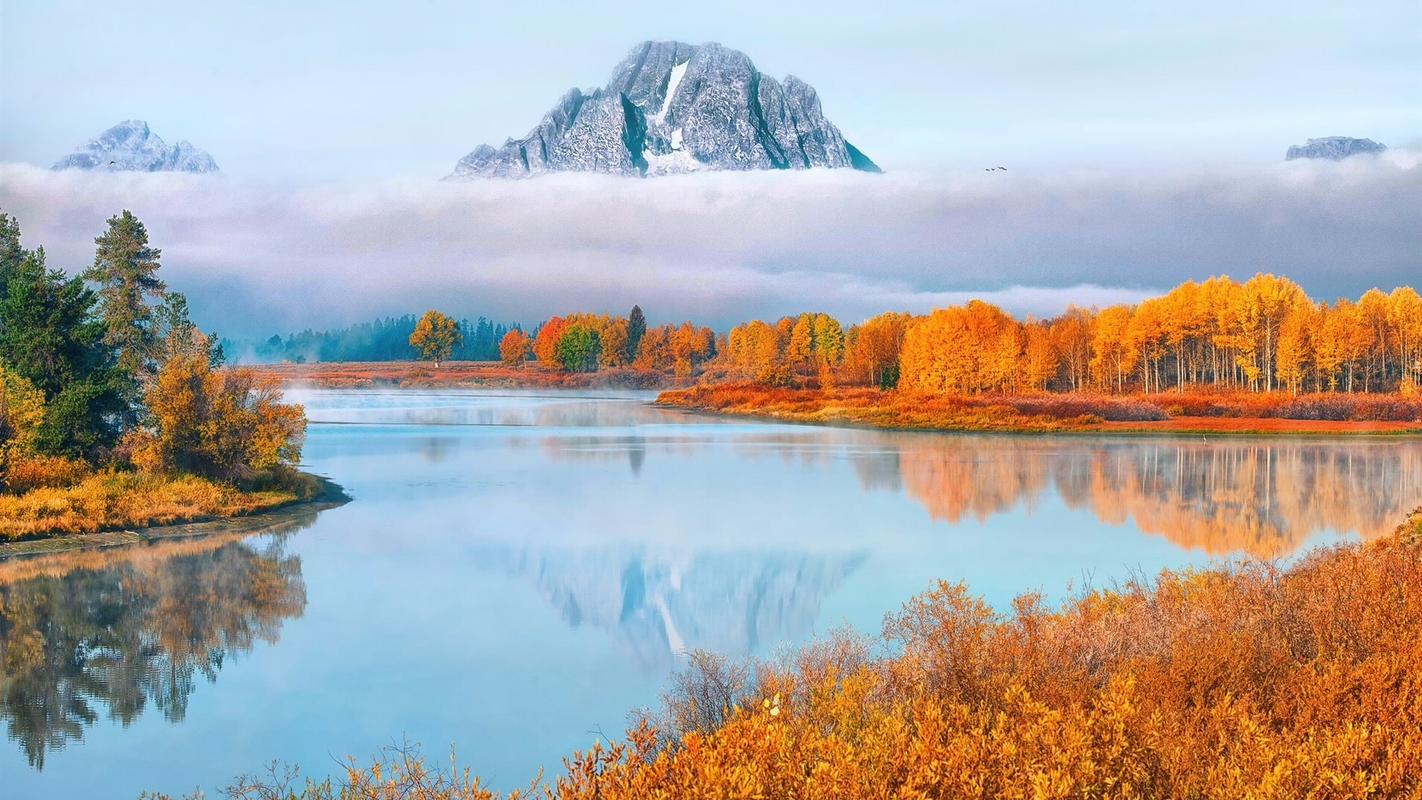Exploring the Richness of JPI Cultural Heritage: A Comprehensive Guide
Jamaica, Panama, and Indonesia, collectively known as the JPI, possess an abundance of cultural heritage that is both unique and fascinating. Although these countries are geographically distant, they share similar historical legacies that have contributed to their rich cultural tapestries. To better understand and appreciate the JPI cultural heritage, this guide provides an in-depth overview of their history, traditions, and artforms.
The History of JPI Cultural Heritage
The JPI’s cultural heritage is rooted in a complex history that is shaped by colonialism, migration, and social hierarchies. From the Spanish conquest of the Americas to the Dutch colonization of Indonesia, external forces have influenced the JPI’s cultural evolution. In Jamaica, for instance, the legacy of slavery and the plantation economy has given birth to unique artforms like reggae music and Rastafarianism. Similarly, the Panama Canal’s construction has enabled indigenous cultures to interact with other countries’ artisans and introduce their music and dance to the world. And in Indonesia, the country’s diverse ethnic and religious composition has produced an array of customs and rituals that have been preserved to this day.
Traditions and Artforms of JPI Cultural Heritage
The JPI’s cultural heritage is reflected in a wide range of traditions and artforms that are celebrated and enjoyed by locals and tourists alike. In Jamaica, for example, jerk cuisine, folk music, and storytelling are cherished parts of the country’s cultural identity. Similarly, Panama’s carnival celebrations and the Congo dance are prominent features of the country’s cultural landscape. In Indonesia, the country’s traditional textiles, dance performances, and temple ceremonies are admired worldwide. These artforms serve as a living testament to the richness of the JPI’s cultural heritage, and they showcase the region’s diversity and creativity.
Preserving and Promoting JPI Cultural Heritage
As countries develop and modernize, there is a growing need to preserve and promote their cultural heritage. The JPI recognizes the importance of safeguarding their cultural legacies, and efforts have been made to foster cultural tourism, support artisanal crafts, and protect cultural sites. For example, the Jamaican government has invested in cultural tourism, particularly in Kingston, showcasing the city’s rich musical history. In Panama, the government has designated certain landmarks, such as Panama Viejo and the Darien National Park, as protected areas to conserve the country’s natural and cultural resources. In Indonesia, the government has adopted a policy of “creative economy” that advocates the preservation and promotion of the country’s arts and crafts. These efforts demonstrate the JPI’s commitment to preserving its cultural heritage for future generations.
Conclusion
The JPI’s cultural heritage is a testament to the region’s historical, social, and cultural evolution. Its traditions and artforms enrich the lives of locals and international visitors and provide a window into the diverse and creative world that the JPI represents. By promoting and preserving its cultural heritage, the JPI can ensure that its unique legacy endures for the benefit of all.
(Note: Do you have knowledge or insights to share? Unlock new opportunities and expand your reach by joining our authors team. Click Registration to join us and share your expertise with our readers.)
Speech tips:
Please note that any statements involving politics will not be approved.
